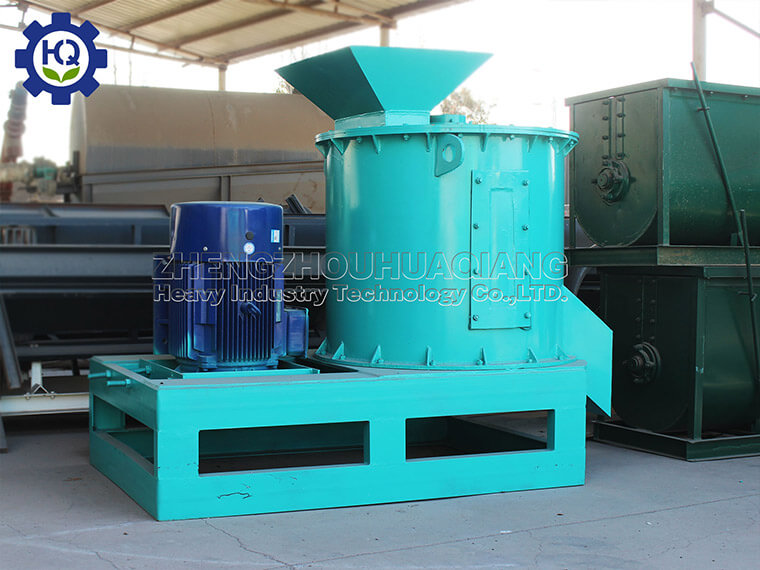The production process of the chicken manure organic fertilizer production line is as follows: after fermentation, the raw materials of organic fertilizer (animal manure, domestic garbage, dead branches and leaves, biogas residue, waste bacteria, etc.) enter the semi wet material crusher for crushing, and then add nitrogen, phosphorus, potassium and other elements to make the mineral elements meet the required standards. Then, there is a mixer to stir them, and then they enter the granulation mechanism for granules. After coming out, they are dried and screened by a screening machine, Qualified products shall be packaged, and unqualified products shall be returned to the granulator for granulation.
If you want to invest in the organic fertilizer production line of chicken manure or sell chicken manure organic fertilizer, you are more concerned about a problem – what is the market prospect of chicken manure organic fertilizer? Is it worth the investment? Chicken manure organic fertilizer market prospects are still good, the development potential is great, why say so?
1. Promoting agriculture through science and technology is the fundamental road to agricultural development. Fertilizer is an important material basis for agricultural development. The heavy application of chemical fertilizer causes soil compaction and agricultural product quality degradation, and the utilization rate of fertilizer decreases. In the past 30 years, more and more agricultural experts and governments in the world have actively advocated reducing the use of chemical fertilizers, and more green fertilizers such as organic fertilizers and bio-organic compound fertilizers, and the rise of the “green revolution” of fertilizers, that is, the concept of green environmental protection. At the same time, it also promoted the development of the organic fertilizer equipment industry
2. The large amount of fertilizer application, resulting in soil compaction and agricultural product quality degradation, in order to improve this situation, the state launched the “organic fertilizer instead of fertilizer” subsidy amount support policy, and vigorously promote, encourage everyone to apply organic fertilizer, promote the implementation.
3. The large use of chicken manure organic fertilizer, on the one hand to protect the soil fertility, to achieve permanent fertility, crops, plants, etc. can supplement their needs of organic matter, to achieve strong roots, improve the yield of the role. On the other hand, an agricultural circular economy without waste discharge has been formed, which protects the safety of the rural environment.
From the above point of view, chicken manure organic fertilizer is worth investment, is a good project.

.jpg)

.jpg)
.jpg)



